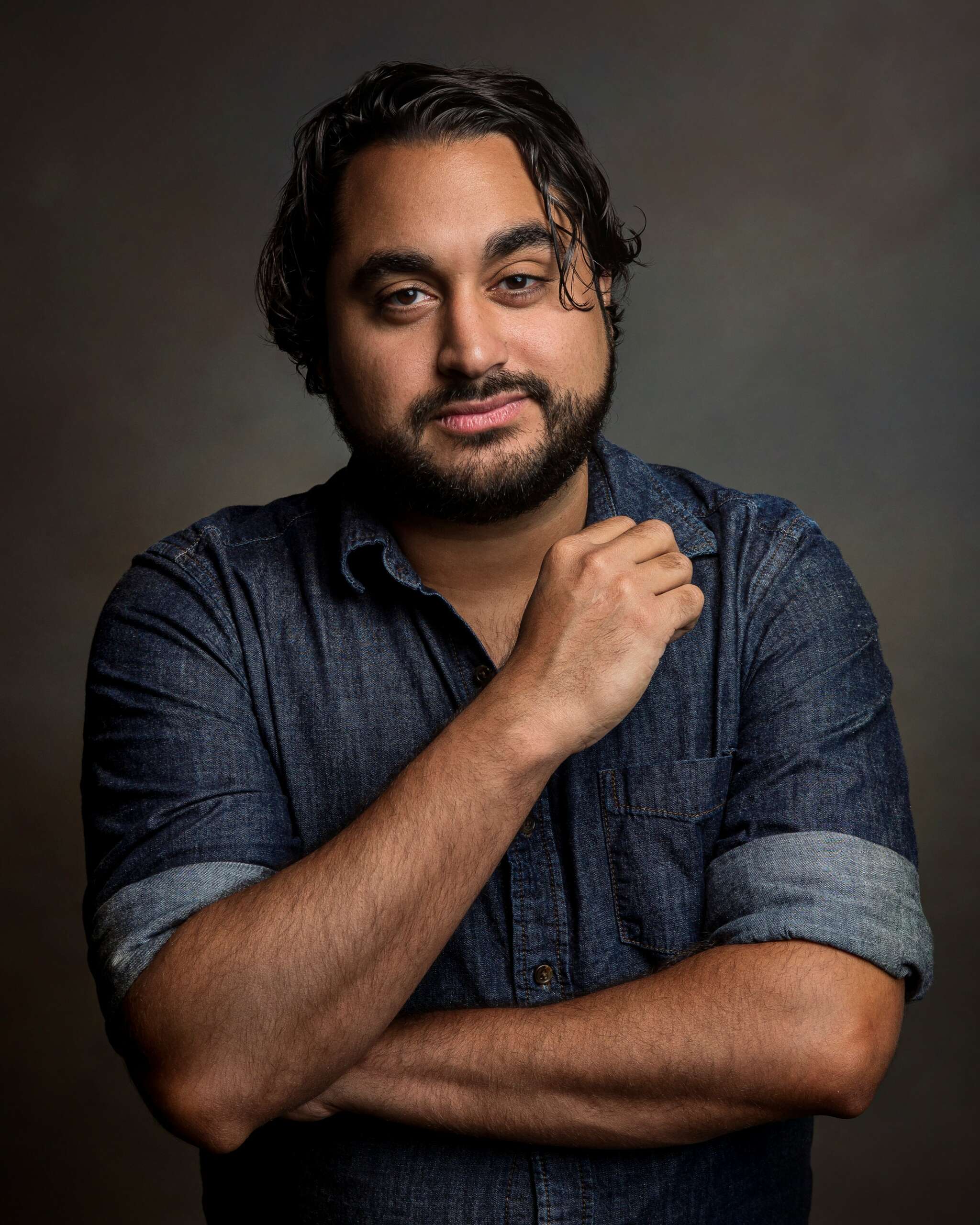We recently connected with Ruben Carrazana and have shared our conversation below.
Hi Ruben, thanks for joining us today. Earning a full time living from one’s creative career can be incredibly difficult. Have you been able to do so and if so, can you share some of the key parts of your journey and any important advice or lessons that might help creatives who haven’t been able to yet?
I lived in Dallas right out of college, and was thankfully able to pay my bills just by jumping from gig to gig. It wasn’t always easy though, and relying entirely on freelance work meant having to make certain sacrifices like getting rid of my car, leaving my apartment to rent out a bedroom in someone’s basement, but those were all things I was willing to give up. I don’t need a whole lot to be comfortable, and the flexibility of being a freelance theater artist was more than worth it for me. I got a well-rounded education in college, so I’ve been able to wear many different hats: acting, directing, teaching, writing, producing, building scenery. It keeps my days interesting. When I moved to Chicago I knew I wasn’t going to support myself through freelance work alone, so I got my first day job on staff at a local Equity theater. That was a great job, and they were incredibly understanding when I needed to flex my hours or work remotely for outside gigs. A few months ago I had enough gigs lined up for a year that I was able to leave that job, as much as I enjoyed it, and am back to supporting myself through my freelance work.

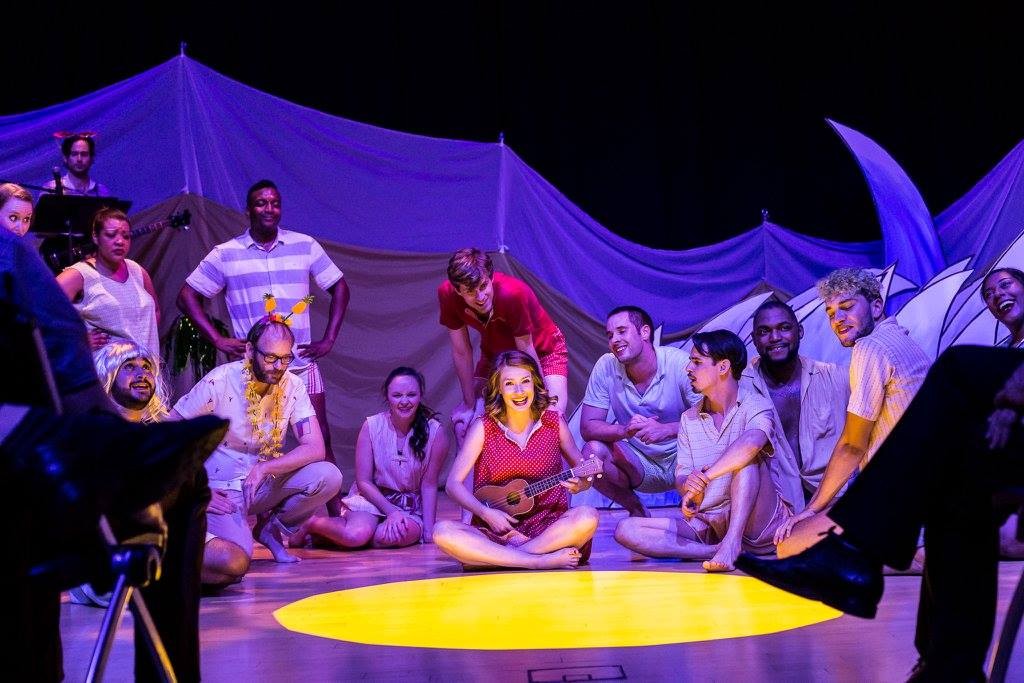
Awesome – so before we get into the rest of our questions, can you briefly introduce yourself to our readers.
I’m originally from Miami, where I did theater all throughout middle school and high school. I moved to Dallas to get my BFA in Theater from Southern Methodist University. Originally I was only interested in acting, but after being exposed to all of the different roles that go into making theater happen, I built up my skillset and graduated with a real desire to immerse myself in the art form from all angles.
As an artist, it is important to me to lift up work by new and underrepresented voices. I am drawn to language that is propulsive and musical and rhythmic, such as the work of Stephen Adly Guirgis or Suzan-Lori Parks or Octavio Solis. New voices that are bold and loud and in your face while never losing sight of the tenderness and heart that is essential for all storytelling to leave an impact, such as the work of Alexis Scheer or Haygen-Brice Walker. And finally, I am interested in work that brushes up against the theatrical and magical, work about regular everyday people trying desperately to reach for something greater than themselves, such as the work of Maria Irene Fornes or Meg Miroshnik or Steve Yockey.
I like to say that there are two kinds of people in the world. There are those who upon entering a museum immediately go to the little placard next to a piece of art and read the artist’s name and bio and their purpose behind creating the work. After reading whatever blurb the museum curator has decided to type on the placard, the viewer finally steps back and looks at the painting or sculpture, but their entire experience is now filtered through the text they just read. Then there are those people who upon entering a museum choose to forgo the placard and instead allow the piece of art to speak for itself. They stand there and take it in without having anything imposed on them or their experience.
For the first group of people, the “placard readers”, their experience has been predetermined before they even set foot into the museum. They are told what to think and feel, and so they do a disservice to themselves, the artist, and the art by robbing themselves of an experience that is wholly unique to them. Meanwhile, for the other group, the “placard ignorers”, the possibilities are endless. A dozen people can stare at the same painting and they will walk away with a dozen different interpretations. The only filter for this group is their own personal history which they walk into the museum with.
I don’t offer my audience placards. I want my work to simply present a truth, and it is up to the audience to figure out what they want to do with that truth. I am interested in work that is complicated and layered and troubling, work that makes us ask questions of ourselves, not the large and political questions that we pose during family dinners and Facebook rants, but more personal ones, the truly scary ones that we don’t even want to ask ourselves in the privacy of our own minds. My job is to hold a mirror up to the audience, and it is up to them to change if they do not like what they see.
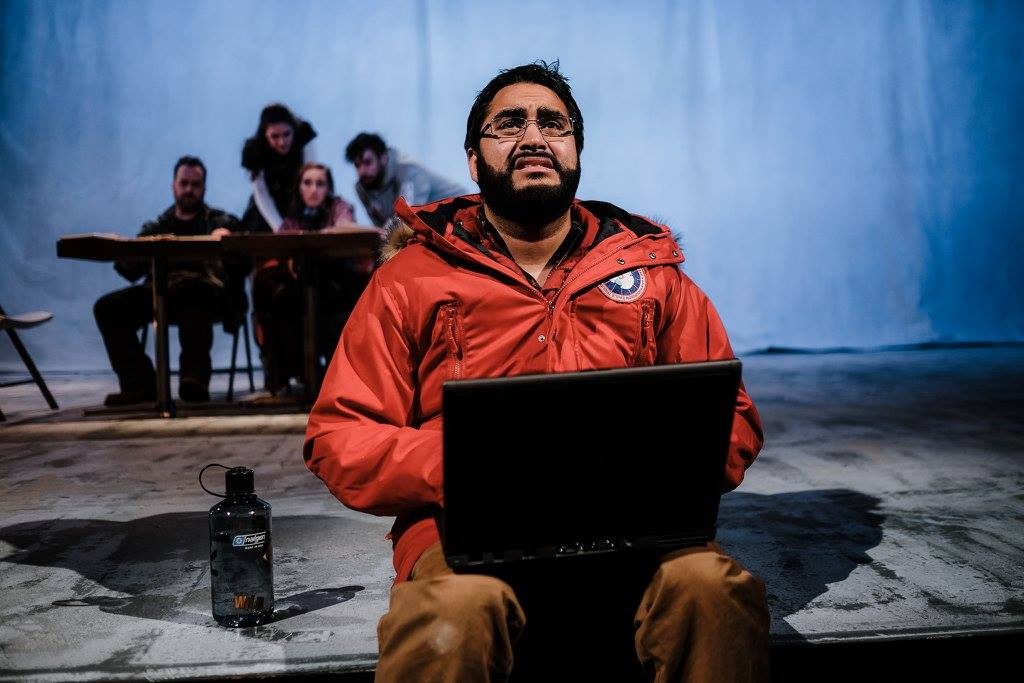
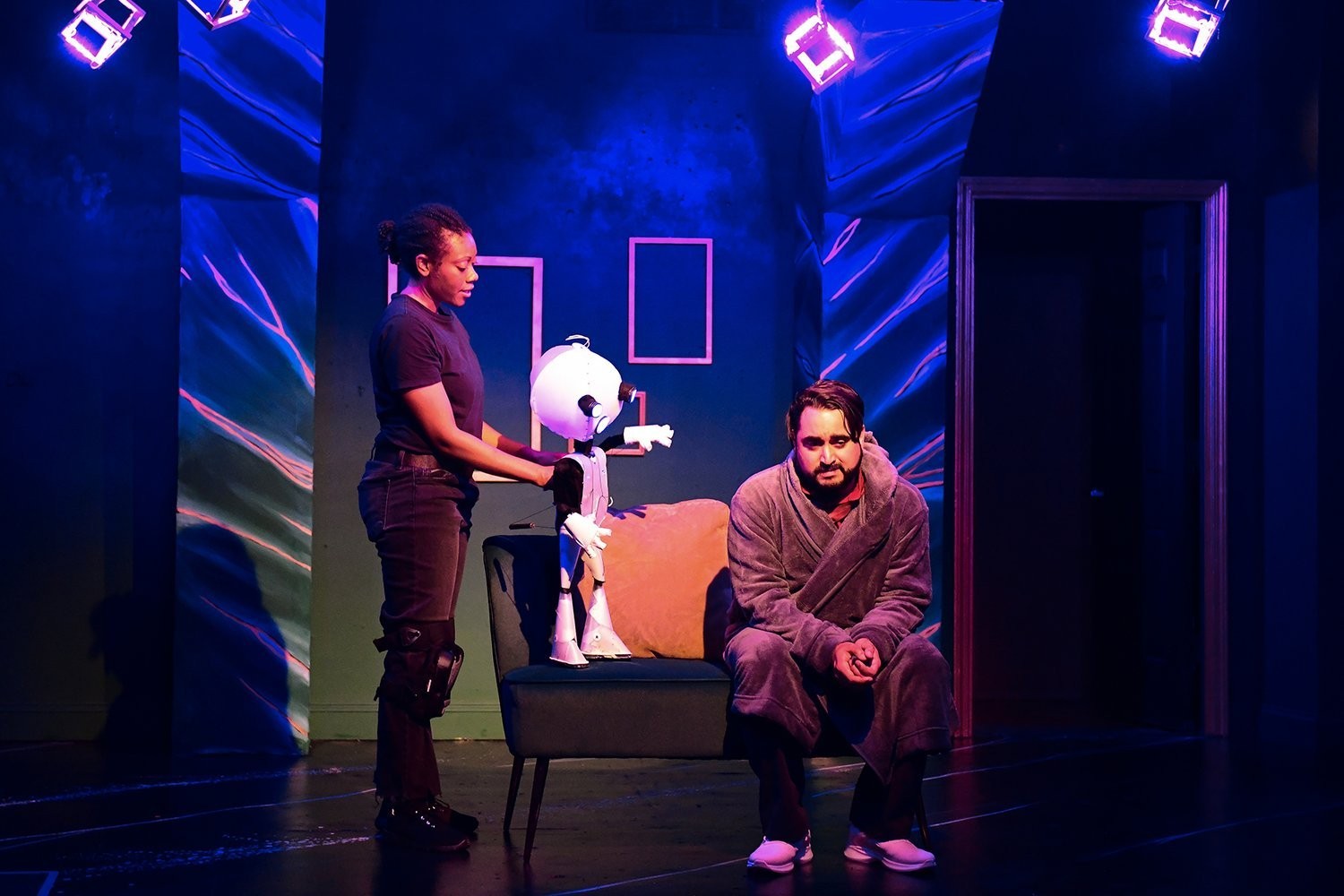
What’s the most rewarding aspect of being a creative in your experience?
It is undoubtedly theater’s ability to create community. Through this work we are able to share stories and connect with others. Long-lasting relationships are cultivated in the rehearsal room in mere weeks. The work asks you to be vulnerable and open with strangers in a way that we are often too afraid to be even with the people we are closest to. Theater asks us to see the world from the perspective of others, and it allows us to provide a platform for stories that might otherwise go unheard.
I don’t think any play is ever going to bring forth world peace or end systemic racism, but I’ve sat in an audience and had a play completely break me. I’ve been to a performance and had an innocent conversation with my girlfriend on the car ride back home that then turned into a brutal and honest argument. You could say that the republic is crashing down all around us, and you might be right. Theater is not going to build it back up, but what theater can do is give voice to the unheard, and present new perspectives to those privileged enough to actually do something about it. I know theater can change people because I myself have been shaken and shattered by a play, only to be rebuilt and reshaped by another.

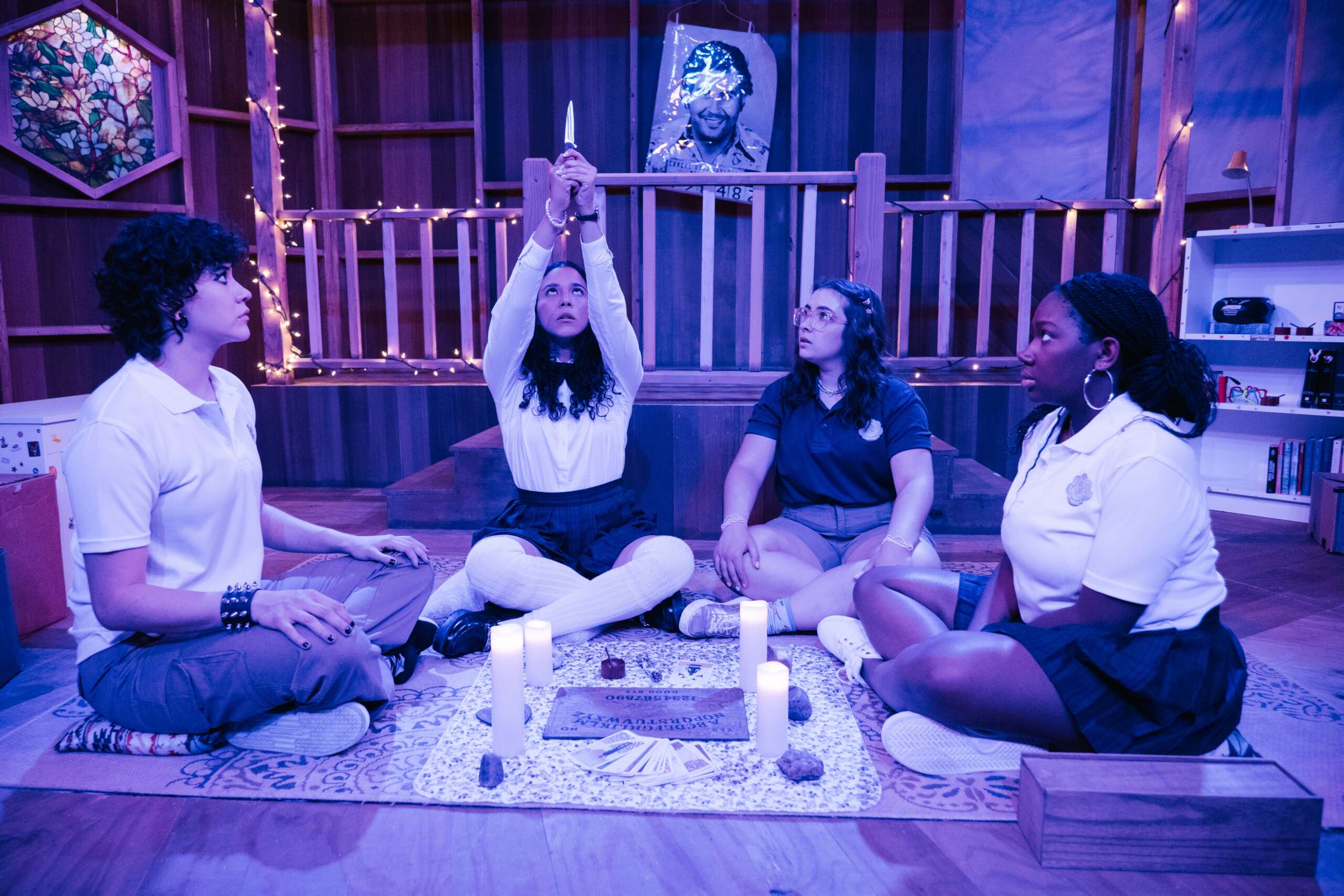
Have you ever had to pivot?
I gave myself a goal when I graduated from college: every year I was going to do something, artistically and professionally, that I had never done before. I never want to become content with what I know or complacent with my career. So, for the next several years, I lived up to that challenge.
However, after about eight years I started feeling anxious about my work for the first time. I looked ahead at my future and thought, “You know what? I can probably keep pushing myself like this for another two or three years, but eventually, I’m gonna plateau. I’m gonna get comfortable. I’m gonna hit a ceiling.” Every theater community has a ceiling, and while Dallas had become my home, I felt myself becoming complacent, and it terrified me. It got to the point where I wasn’t having to audition or interview for jobs anymore. A director would call me up and offer me a role without having to audition. Or if I got an idea to produce something I knew I could just send out a couple emails and get the funding within a few weeks. It was becoming too easy.
So, I searched for a solution. Maybe I’ll start a theater company, or go to grad school? But then I realized that none of those solutions were actually going to address the real problem: maybe it wasn’t that I had hit Dallas’ ceiling. Maybe I had hit my own. I needed a new challenge. I needed to do something really difficult. Something that scared me. So I saved up enough money to survive for three months, I packed up my apartment in a U-Haul, and I drove to Chicago, a city where I didn’t know anyone. Where I’d have to hustle for the first time in a long while.
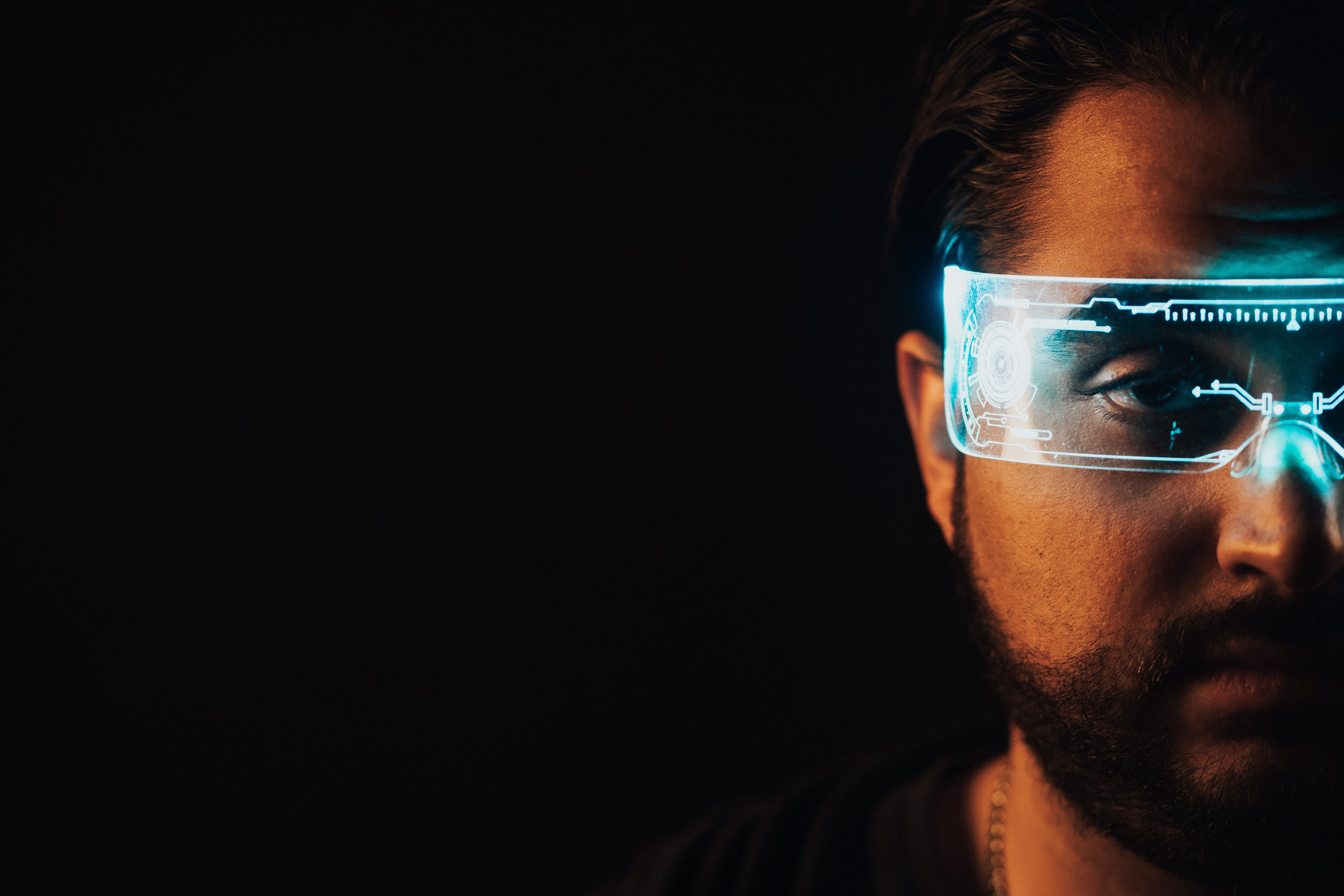
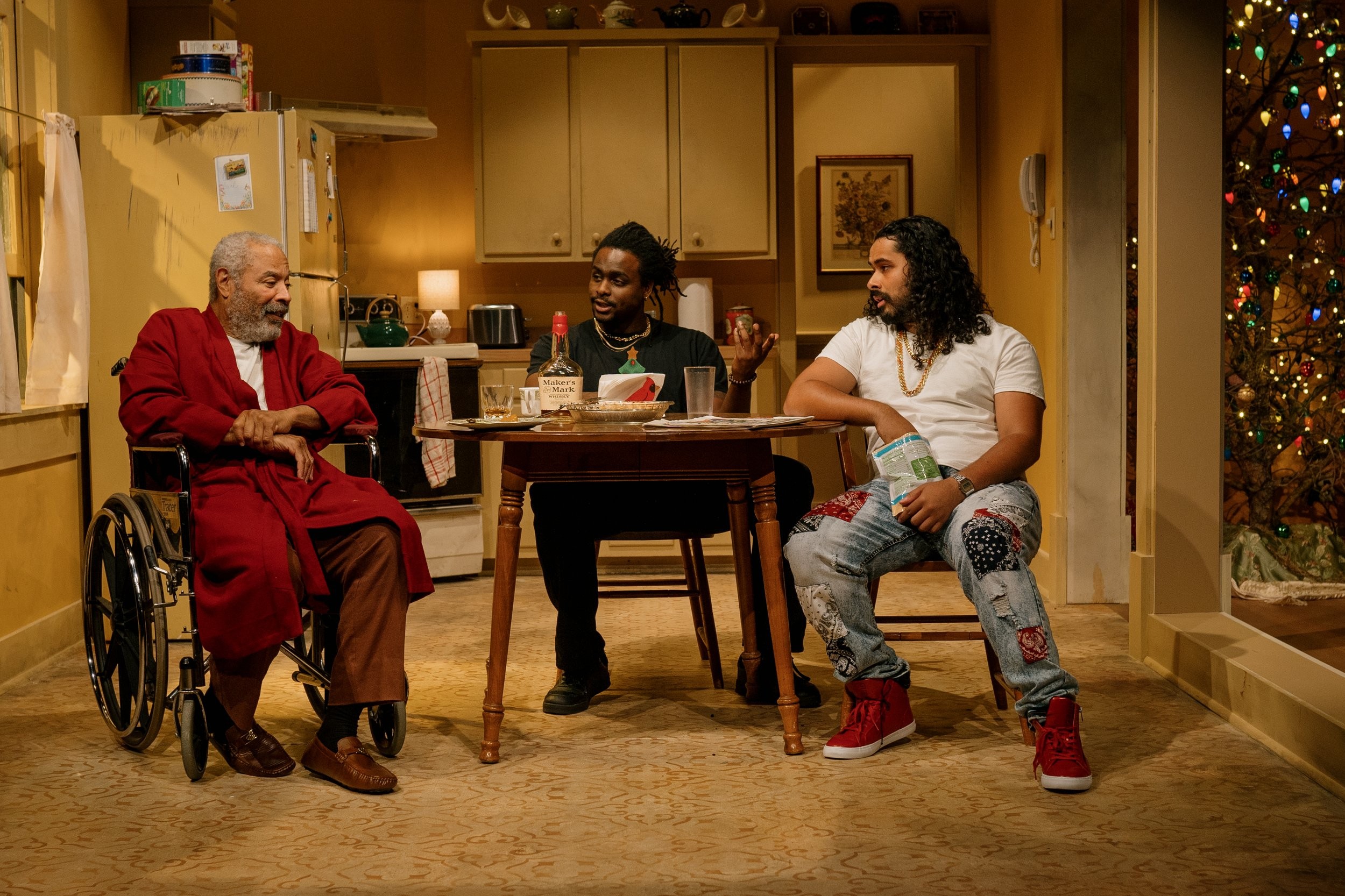
Contact Info:
- Website: https://www.rubencarrazana.com/
- Instagram: https://www.instagram.com/rubcar91/
- Facebook: https://www.facebook.com/ruben.carrazana
- Linkedin: https://www.linkedin.com/in/ruben-carrazana/
- Youtube: https://www.youtube.com/@RubCar91
- Other: Letterboxd: https://letterboxd.com/rubcar91/
Image Credits
Jordan Fraker, Zack Huggins, Evan Michael Woods, C King Media, Angelica Peterson/The Dame of All Trades, Evan Hanover, Will Elphingstone


